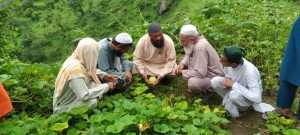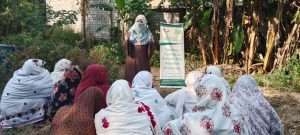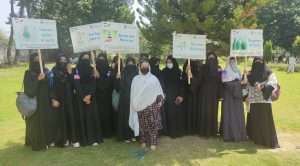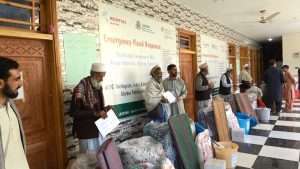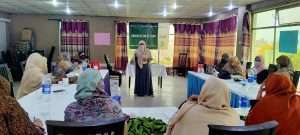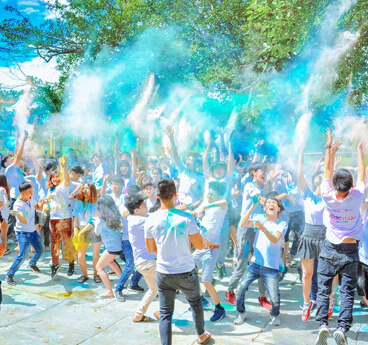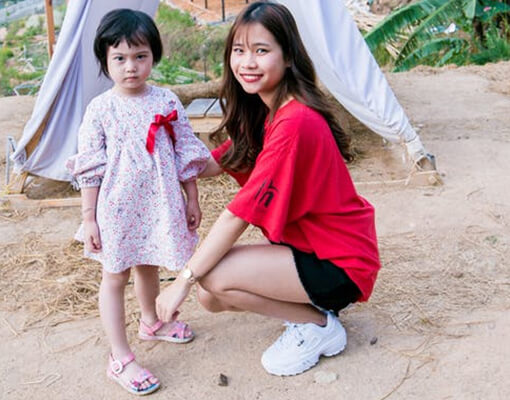What We Do
Fun Facts
4597+
People Rised8945+
Volunteer10M+
Poor People Saved100+
Country MemberThematic Programs
Funding Facts
Our Leaders
Become A Proud Volunteer
Our team really needs volunteers. Those who are willing and have the desire to help those in need. If you are young, active and ready to change the world for the better, we look forward to seeing you own design is my main power.
The dedication and the charity work of volunteers from Neumette organization are doing worldwide can’t be underes- timated. We cooperated with them a year ago during a conflict in Syria, and their team members offered.
Client Feedbacks
The nearest district hospital from Rupen village is close to 105 km. The nearest maternal health clinic is approximately 32 km. The town has poor roads and no mobile network connectivity. The nearest district hospital from Rupen village.
Jeams H. Andar
Founder, Cichu Co.The nearest district hospital from Rupen village is close to 105 km. The nearest maternal health clinic is approximately 32 km. The town has poor roads and no mobile network connectivity. The nearest district hospital from Rupen village.
Kirani K. Kados
Founder, Cichu Co.The nearest district hospital from Rupen village is close to 105 km. The nearest maternal health clinic is approximately 32 km. The town has poor roads and no mobile network connectivity. The nearest district hospital from Rupen village.
Irairani I. Lados
Chairman, CEOThe nearest district hospital from Rupen village is close to 105 km. The nearest maternal health clinic is approximately 32 km. The town has poor roads and no mobile network connectivity. The nearest district hospital from Rupen village.
Hirani M. Dados
Founder, Cichu Co.The nearest district hospital from Rupen village is close to 105 km. The nearest maternal health clinic is approximately 32 km. The town has poor roads and no mobile network connectivity. The nearest district hospital from Rupen village.



